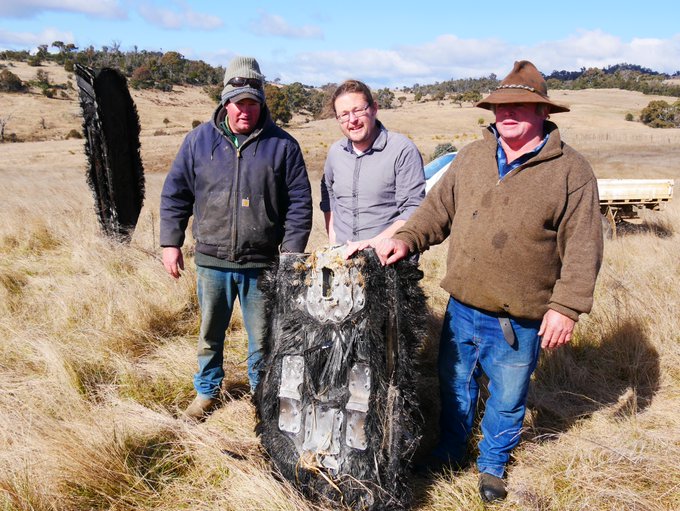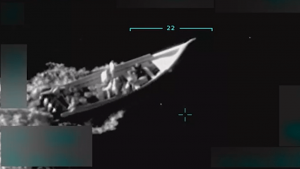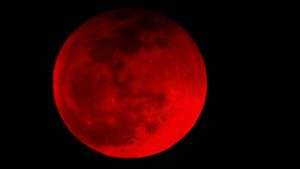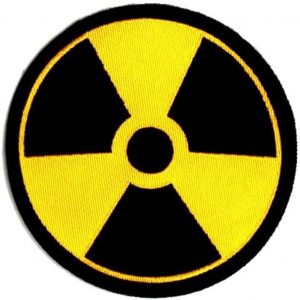China’s most powerful rocket, the Long March-5B Y3 rocket, used to launch Mengtian laboratory, the final module for Tiangong Space Station, on 31 October, 2022 has made an uncontrolled re-entry to Earth.
It crashed into the Southcentral Pacific Ocean about 11 in the morning, WAT, 04 November, 2022.
It has a mass of about 20,000 kg, length of 17.9 metres, and a diameter of 4.2 metres, but much of it burnt up on the Earth’s atmosphere on re-entry.
It successfully delivered its payload to the intended Low Earth orbit and spiralled uncontrolled, back to Earth.
It was spotted by satellites in space and its exact point of impact could not be accurately predicted just before crash.
Spain closed its Barcelona airport for about an hour as a precaution.
China has again, been condemned for not planning a controlled re-entry for such a large object.
DEBRIS FROM CHINA’S HEAVIEST ROCKET USED TO LAUNCH WENTIAN LAB MAKES UNCONTROLLED RE-ENTRY
The debris from China’s heaviest space rocket, Long March-5B Y3, has made an uncontrolled re-entry to Earth.
Much of it burnt-up in the Earth’s atmosphere on re-entry, but due to its huge size, remnants fell out of control to Earth on Saturday, 30 July, 2022 by 17:55 WAT.
It lit-up the night sky over the Indian Ocean and over the airspace in Malaysia.
The rocket is 57 metres long, five metres wide and weighing close to 22 tonnes.
It was used to launch the 23-tonne Wentian laboratory for China’s space station, Tiangong, on 24 July, 2022 from Wenchang Spacecraft Launch Site in Hainan province of China.
It was difficult for scientists to say where the point of impact on Earth would be, due to its high speed.
A precise location was calculated as it edged closer to Earth; pulled by gravity.
Its landing site was given by the Chinese authorities about 30 minutes before impact as 119.0 degrees East and 9.1 degrees North in the Sulu Sea, near Palawan Island, western Philippines.
There is a good chance of such debris hitting the ground and causing damage but, oceans make up 70% of the Earth and it is likely that such debris will crash into the ocean.
Some scientists are wandering why China did not plan a controlled re-entry for such a huge object because of its potential to cause serious damage on the ground.
NASA is critical of China’s space agency for not controlling the re-entry and sharing its specific trajectory information.
As a rule, objects over 10 tonnes are now guided in a controlled re-entry as a safety measure.
People in Australia saw and heard noise from what appeared to be a meteorite shower on July 9, 2022.
It turned out to be debris from SpaceX Crew-1 Dragon from a 2020 launch.
A 10-feet charred debris weighing 30 kg, with serial numbers on it, was discovered in a sheep farm owned by Mick Miners in Jindabyne, Australia, on 25 July, 2022.
A smaller piece, weighing about 15kg, was found by his neighbour, Jock Wallace.
China’s state officials gave the exact location of impact of the 21-tonne (46,000 lbs) launcher, travelling at 28,000 kilometres/hour (17,324 miles/hr) or seven miles/second as longitude 72.47 degrees east and latitude 2.65 degrees north as it came closer, before crashing off Maldives.
In May, 2020 China’s 18-tonne first Long March 5B launcher had an uncontrolled re-entry and passed over US into the Atlantic Ocean, off West Africa, damaging several buildings in Ivory Coast, but no injuries were reported.
China’s first experimental space station, Tiangong-1, crashed, uncontrolled, into the southern Pacific Ocean in 2016, after Beijing confirmed it had lost control of it.
There was also the uncontrolled re-entry of the 19.8-tonne derelict Soviet space station, Salyut 7, which burnt-up over Argentina in 1991.
The worst such case was the 76-tonne Skylab, owned by NASA, which had an uncontrolled re-entry; crashing into the Indian Ocean and parts of western Australia in 1979.
No one has been killed or injured yet, by a space debris,
However, under international law, the country of launch is liable for any death or damages.
photo credit: twitter












